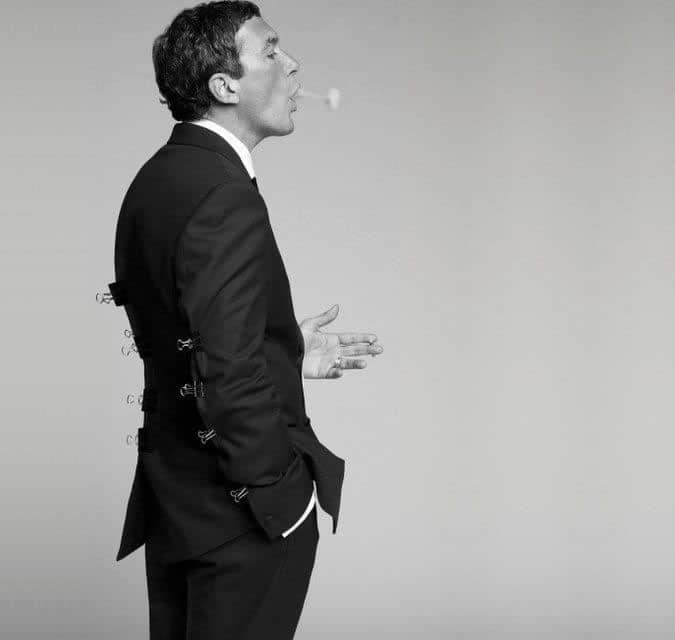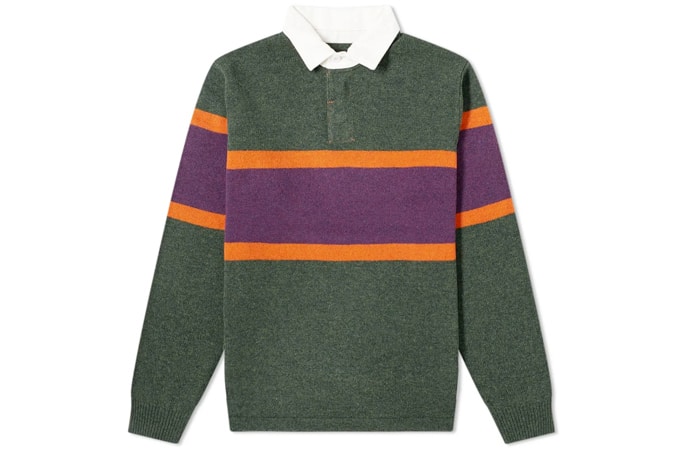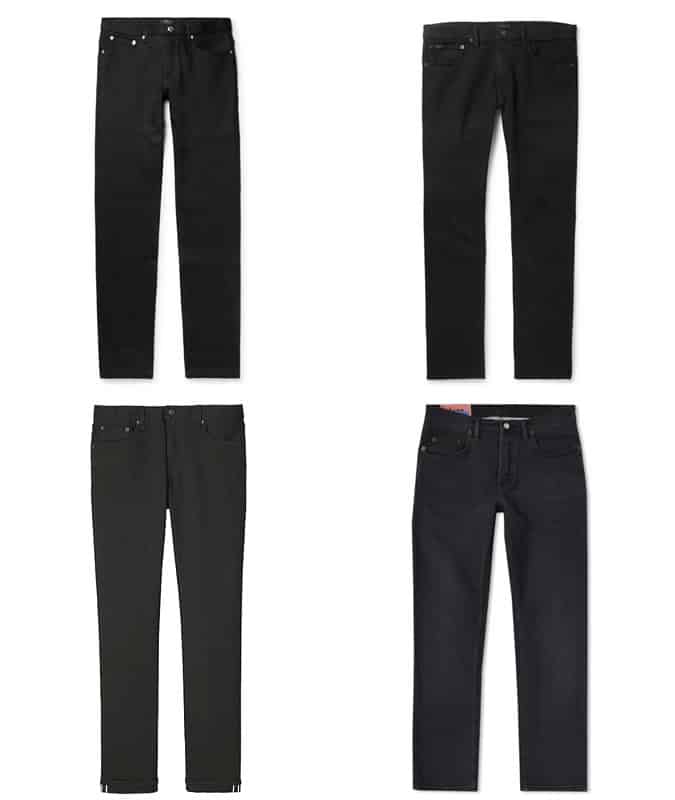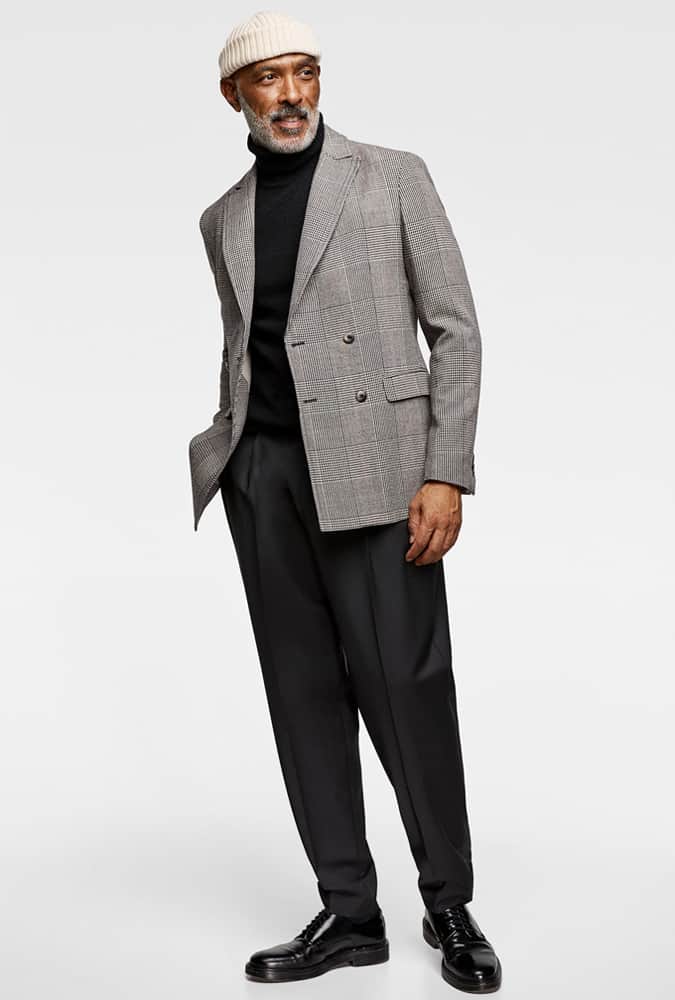5 Pieces Of Clothing You’re (Probably) Spending Too Much Money On
If ever you need proof that fashion’s quality promises should be choked down with a fistful of salt, look to the recent revelation that Louis Vuitton’s Made in Italy-stamped shoes are anything but. According to research from The Guardian, each pair is in fact crafted mostly in Transylvania – not a region known for its shoemakers – before being shipped to Italy to have the soles attached.
These are facts that the LVMH Group’s £3.5bn marketing spend are designed to obscure. Because in fashion, price is so divorced from quality that it’s spent the last 40 years driving round the Riviera in a convertible beeping the scantily clad. To figure out whether what you pay is what you get, the modern shopper needs to be savvier. Here’s how to separate the silk purse from the sow’s ear.
How To Spot Quality
We’re going to let you in on a secret: many ‘luxury’ brands use the same factories as their high-street counterparts, meaning that price is not always a guarantee of quality.
To separate wise investments from bum deals, look to these easily identifiable details instead.
- Hardware: Zips, buckles and buttons are an easy way to save cash, so brands often skimp. The result if they do is a coat or bag that falls apart quickly. Look for respected names like RiRi or YKK, or play with them to make sure they feel robust.
- Fabric: Natural materials like cotton and wool tend to be better value than anything man-made (unless they’re performance materials in sportswear). Check the labels – the more it’s cut with unpronounceable chemicals, the less it should cost.
- Construction: Check the seams and internal stitching. The neater the work – that means even stitches, no trailing thread and hidden, rather than exposed, hems – the better the build quality. That said, if a garment claims to be hand-made, there should be some deviation in the position of the stitches. If they’re too straight, chances are it was done on a machine.
- Matched Patterns: It’s tricky to make sure patterned fabrics line up at the joins, but any brand commanding a high price tag should put the work in. If the checks or stripes are misaligned at the shoulders or pockets, it’s a sign the product has been rushed through production.
- Extra Fabric: Often on more expensive clothes (and particularly on tailoring), extra material is tucked away in the hems to allow you to have them let out if the size is wrong. On cheaper, mass-produced clothes, nothing is leftover.
Items You’re (Probably) Spending Too Much Money On
Tailoring
A bespoke suit is a beautiful thing. It’s probably the only garment you’d ever own that’s cut to precisely your proportions and, as a result, will fit better than anything else you ever buy. At least, until you start going to the gym. Or stop going to the gym. Or fix your posture.






















